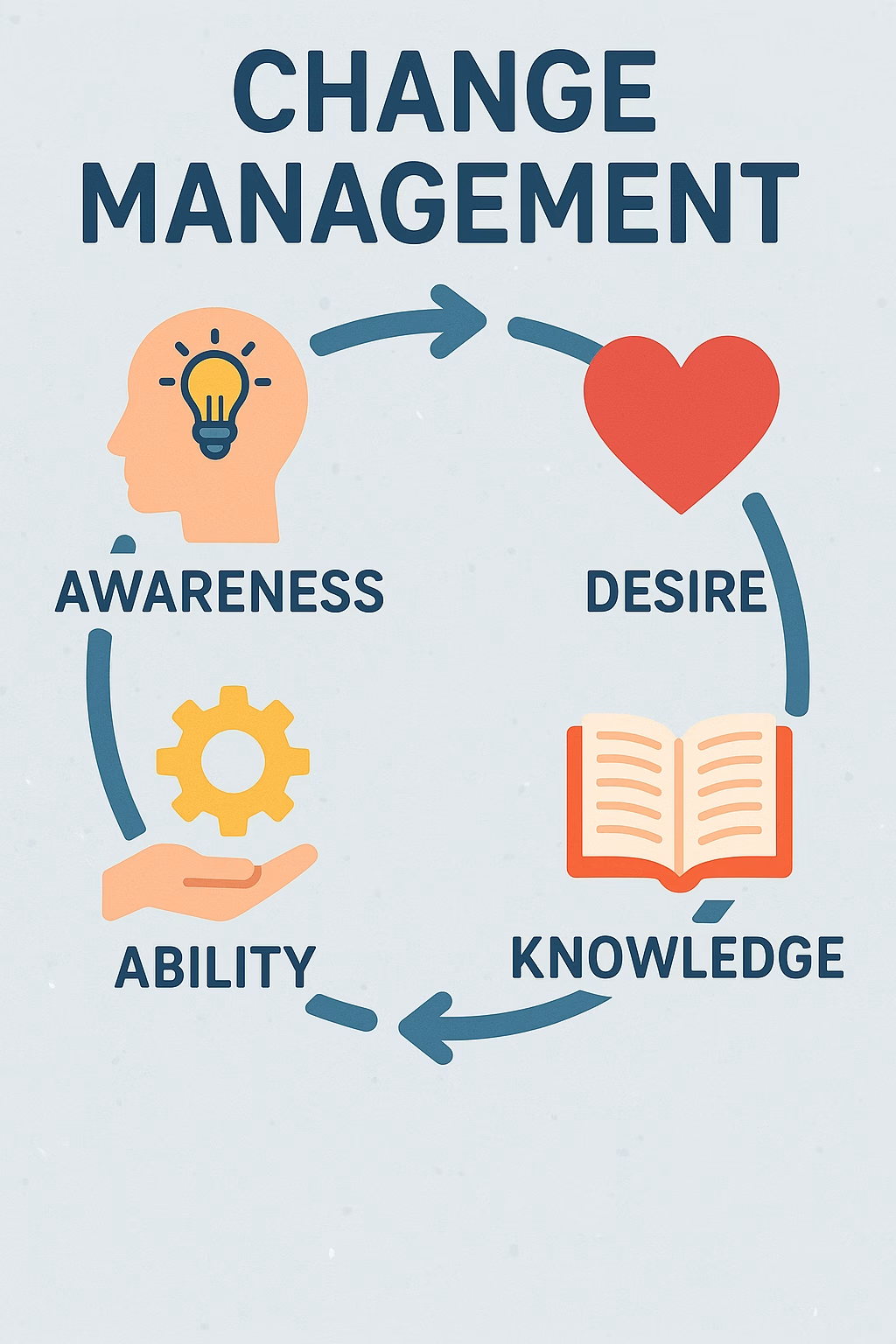When it’s time to improve your workflow—whether through automation, AI, or process tools—the success of your efforts often hinges on choosing the right vendor or product. With so many platforms and providers making bold promises, it’s easy to feel overwhelmed or unsure about which to trust.
This article outlines a step-by-step process to help you select and vet potential vendors and tools that will truly enhance your operations, ensure scalability, and deliver measurable ROI.
1. Define Your Workflow Goals
Before exploring vendors, get crystal clear on what you’re trying to achieve. Are you looking to:
Reduce time spent on repetitive tasks?
Improve collaboration between teams?
Automate documentation or approvals?
Enhance data visibility and reporting?
Defining your desired outcomes will help you avoid getting distracted by flashy features and focus on tools that solve your problems.

2. Identify Must-Have Features & Capabilities
Once you’ve defined your goals, list the features that are critical to your workflow improvement. These might include:
Integration with your existing systems (CRM, HRIS, finance tools)
Mobile accessibility
Custom workflow builders or templates
Analytics dashboards
Automation rules or AI capabilities
User-friendly interface
Compliance and security protocols
🛠️ Tip: Prioritize features into “must-haves” and “nice-to-haves” to help narrow your options quickly.
3. Research and Shortlist Vendors
Now, start building a list of potential solutions. Use resources like:
G2 (g2.com) and Capterra (capterra.com) for verified user reviews and side-by-side product comparisons
Industry-specific forums or LinkedIn groups
Recommendations from peers or partners in your network
Case studies published on vendor websites
As you gather options, look for consistent feedback on ease of use, customer support, and real-world results.

4. Evaluate Change Management Needs
Even the best tools can fail without proper implementation. Make sure your vendor offers resources to support change management, such as:
Onboarding and training for your team
Customization or setup support
Detailed documentation and support channels
Ongoing product education and release notes
And internally, you’ll need a plan for:
Communicating the value to your team
Appointing a champion or internal lead
Setting clear rollout timelines
Encouraging feedback and adoption
Remember: People don’t resist change—they resist unclear or unsupported change.
5. Request Demos and Ask the Right Questions
Don’t skip the demo. This is your chance to see how the product works in real time and ask questions specific to your workflow.
Here are key questions to ask:
Can this integrate with [your existing software]?
What onboarding or implementation support do you offer?
Are there usage limits or hidden costs?
How often is the product updated?
Can the system scale with our business?
✅ Pro Tip: Bring your team into the demo—especially those who will use the tool daily. Their feedback is essential.
6. Compare Pricing Models
Pricing should be transparent and predictable. Pay close attention to:
Per-user vs. flat-rate pricing
Setup or implementation fees
Contract length and cancellation terms
Additional charges for integrations, training, or upgrades
Don’t automatically go for the cheapest option—consider value over cost. Sometimes, a slightly higher price provides significantly more efficiency, support, and results.
7. Estimate and Compare ROI
Ultimately, the product should pay for itself. Estimate your potential Return on Investment (ROI) by comparing:
Time saved vs. current manual processes
Error reduction and rework elimination
Labor cost reductions
Improved customer or employee satisfaction
Data or compliance risk mitigation
You can use this simple ROI formula:
ROI = (Benefit – Cost) / Cost
🧮 Example: If a product costs $5,000 and saves you $15,000/year in manual labor, your ROI is 200%.

8. Ask for References or Case Studies
Before committing, ask the vendor for:
Case studies in similar industries or use cases
Client references you can speak to directly
Metrics or outcomes from other customers
Reputable vendors will be happy to connect you with current clients or provide tangible proof of success.
9. Run a Pilot Program (If Possible)
Some vendors offer a trial or pilot phase. Use this opportunity to:
Test the tool with a small team or single department
Measure actual performance and adoption
Get feedback from end users
Confirm that the solution meets expectations
This real-world test run can save you from costly missteps before a full rollout.

10. Make a Data-Backed, Strategic Decision
With all your research, demos, cost comparisons, and feedback in hand, you’re now in a position to choose a solution with confidence.
Choose the vendor or product that:
Solves your core problem
Integrates with your ecosystem
Fits your budget and timeline
Supports long-term success and change management
Offers real value—not just features
Final Thoughts
Selecting the right vendor or product to improve your workflow is more than a tech decision—it’s a strategic investment. Take the time to map your needs, gather data, ask tough questions, and involve your team.
Because when you choose wisely, you don’t just improve one workflow—you set the stage for long-term growth, scalability, and success.
Ready to Find the Right Tool for Your Workflow?
Don’t let decision fatigue or uncertainty stall your progress. We help businesses strategically evaluate, vet, and implement the right technology solutions—so you can streamline operations, reduce inefficiencies, and see a real return on your investment.
👉 Let’s simplify the selection process and find what works for you.